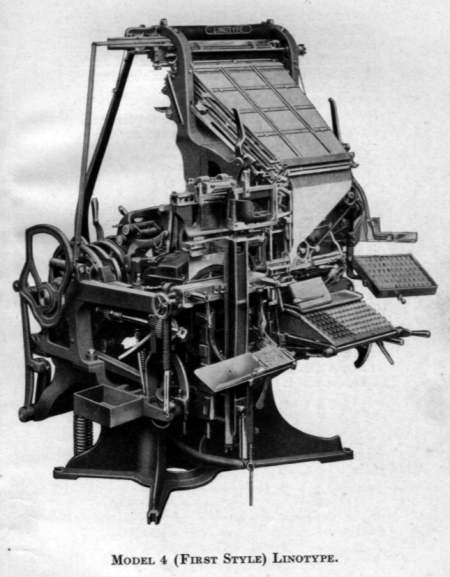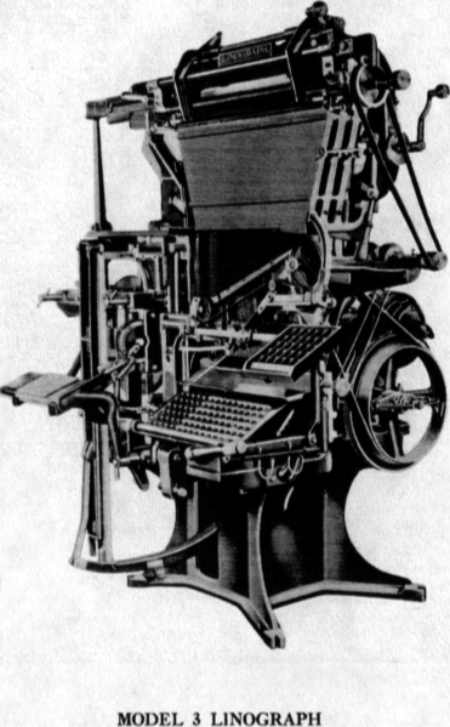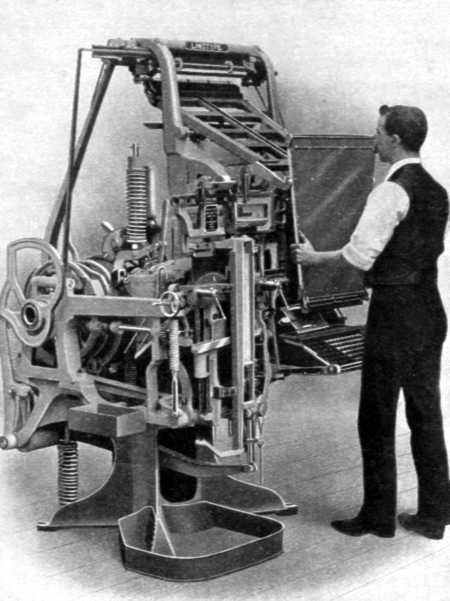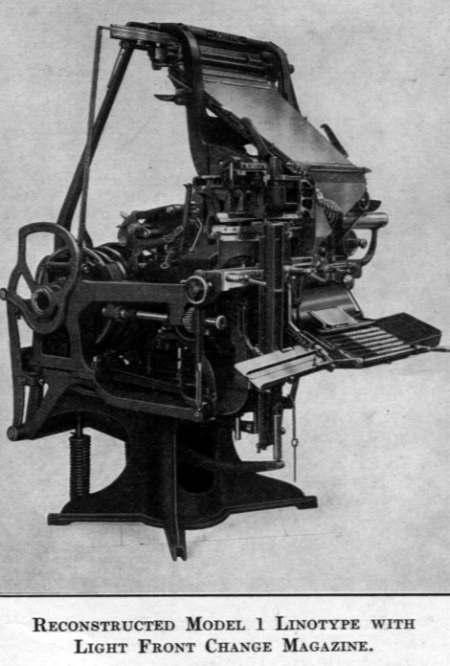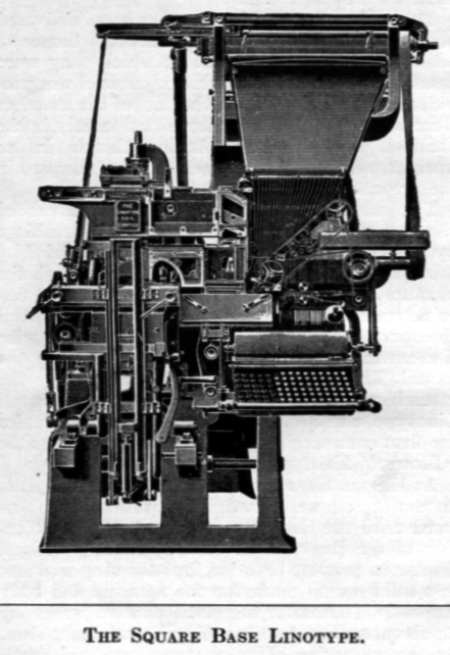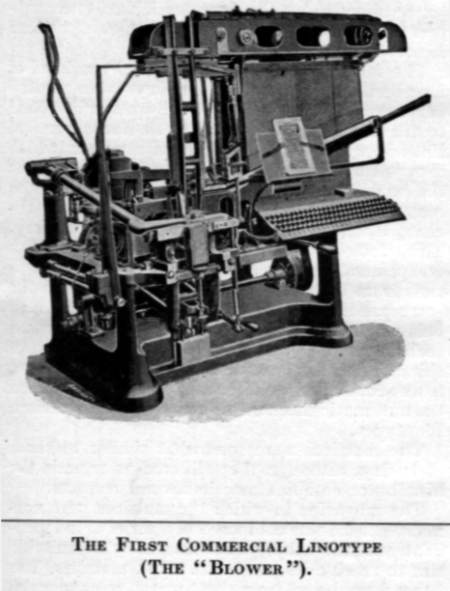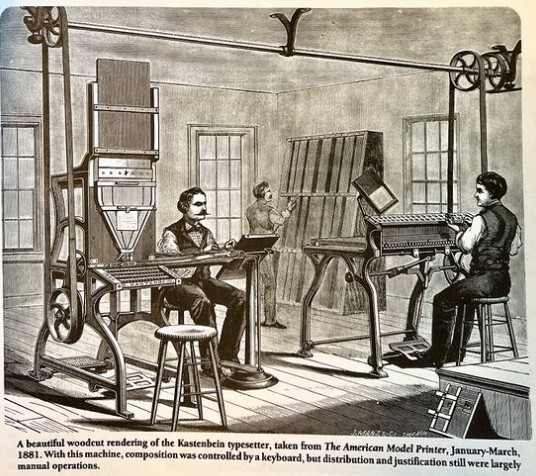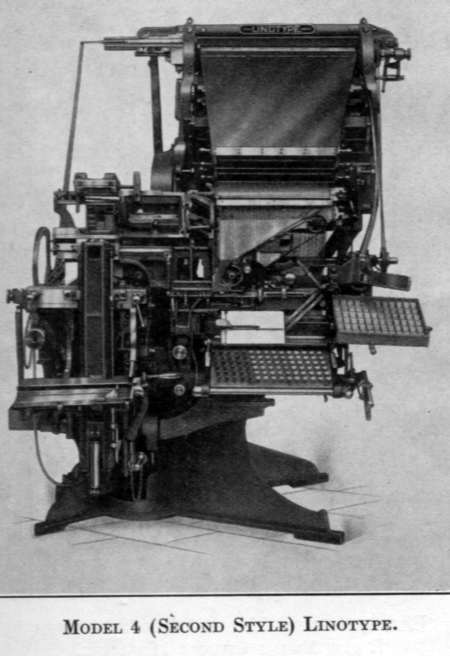
The new Model 4 is the standard three-magazine machine, and is so constructed that a side display section can be added at any time.
It is fitted with all the labour-saving devices which have been developed to date, with the result that the machine provides the most perfect and economical composing equipment within its capacity.
